A debut project aimed at giving Lake Rotopiko’s roosting pest birds the heave-ho has come to an end.
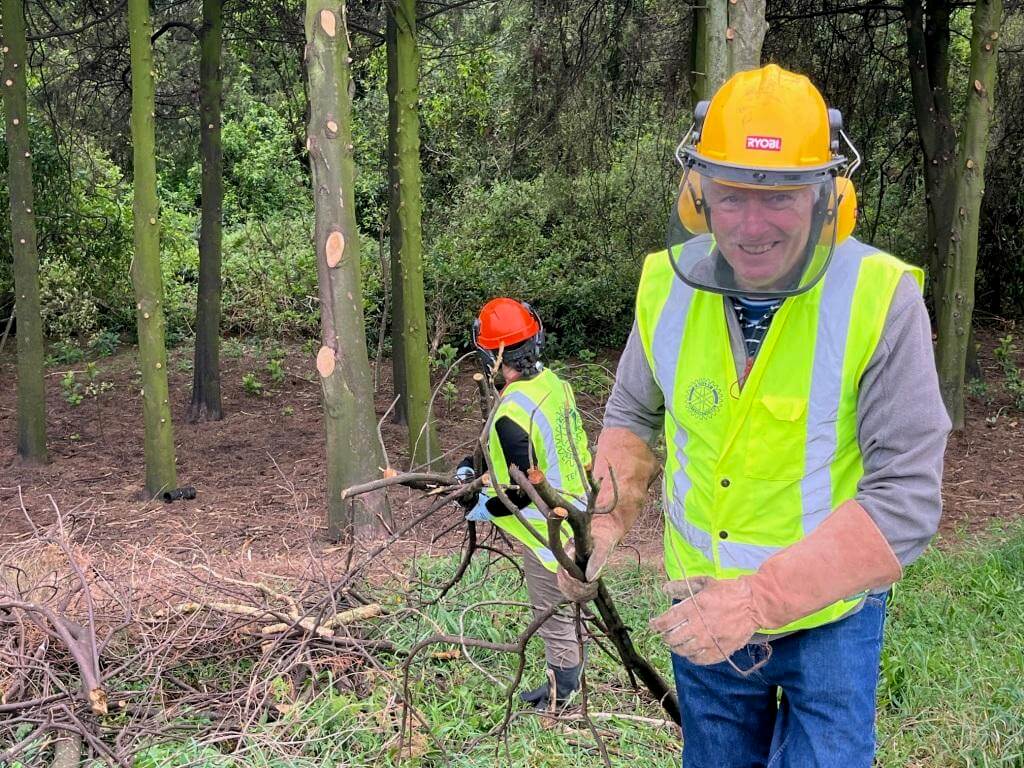
Rotarian and environmental co-ordinator Stephen Cox helping move some of the branches for chipping. Photo: Viv Posselt
By making the Ōhaupō lake a less attractive stopover, millions of birds – mostly starlings and sparrows – were persuaded to find alternative overnight lodgings.
The collaborative project run by Te Awamutu Rotary and the New Zealand Wetlands Trust, was launched in 2020 to see off the thousands of birds roosting nightly at Rotopiko. Their nutrient-heavy guano compromised the growth of native trees and had to be prevented from leeching into the lake.
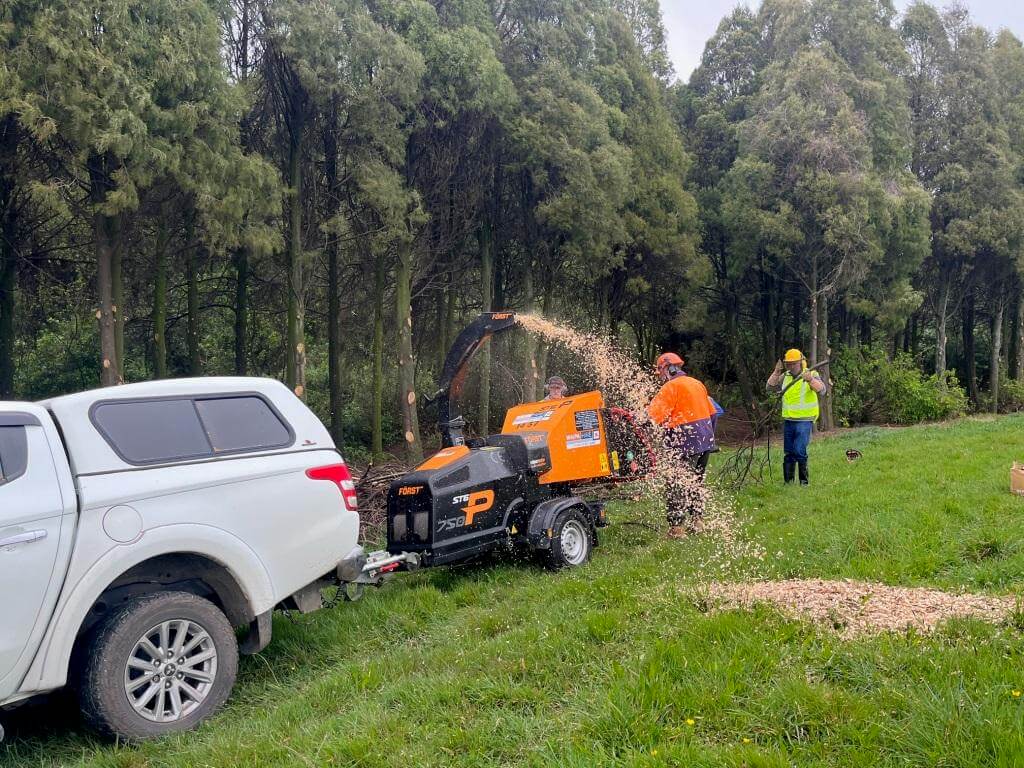
‘The Beast’ churning out piles of mulch. Photo: Viv Posselt
A stand of kahikatea trees, down a grassy slope and out of the wind, was a particularly cosy roosting spot.
Rotarian and environmental co-ordinator Stephen Cox said branches of those trees to the height of six metres were removed, chipped and turned into mulch, creating a better airflow and deterring the birds.
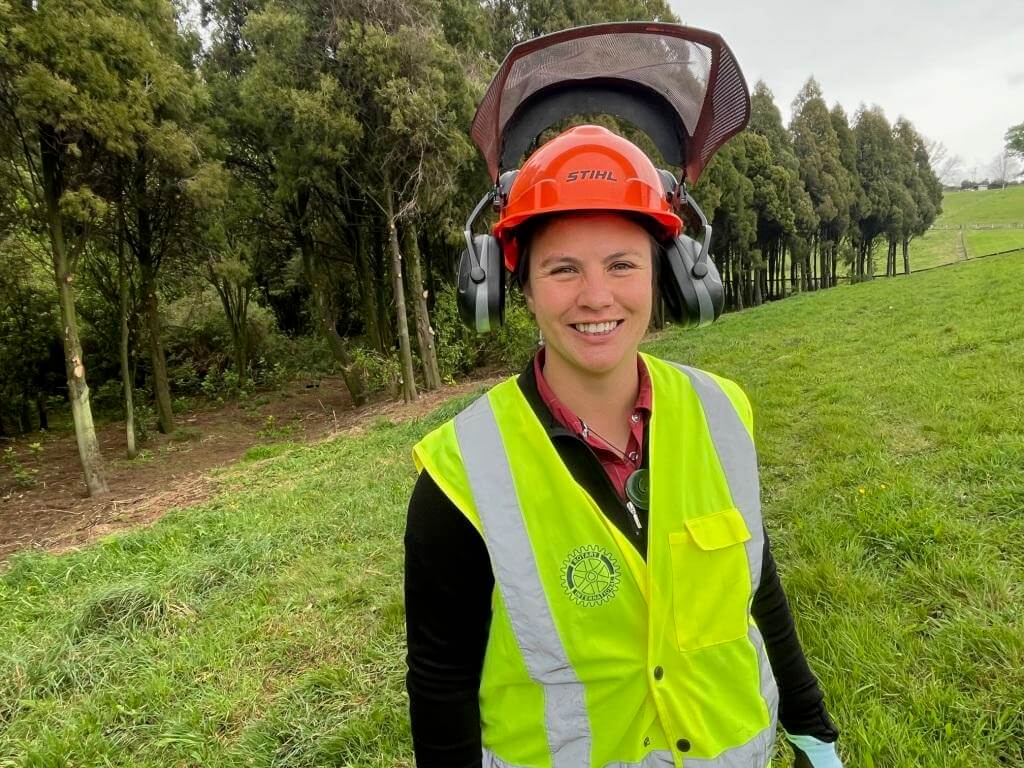
National Wetlands Trust’s Zipporah Ploeg says the project’s effects have been dramatic. Photo: Viv Posselt
Toi Ohomai Institute of Technology and Wintec students have monitored bird numbers throughout the project and National Wetlands Trust’s Zipporah Ploeg described the decrease in pest bird numbers at dawn and dusk as ‘dramatic’.
They were increasingly confident that the birds won’t be back.
Exotic trees at the lake have also been placed with native plants.
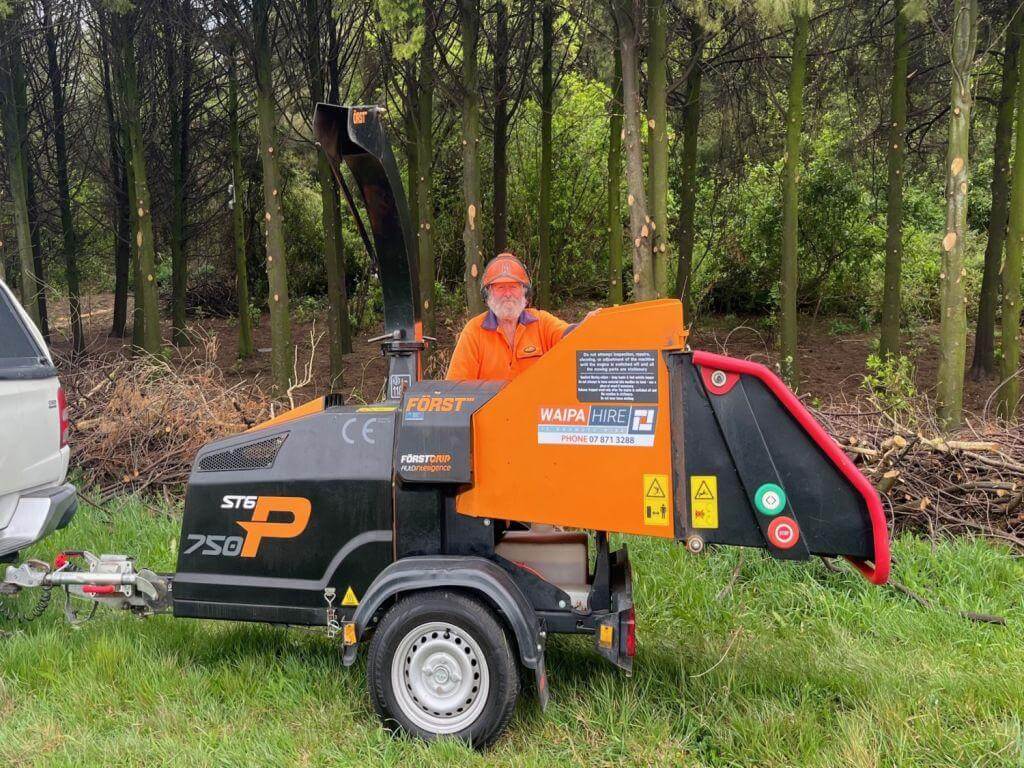
Lake Rotopiko’s Murray Davies with the chipper hired out to Waipā Hire for the duration of the project. Photo: Viv Posselt

Logan Jones and Arna Dickie of Waipā Hire with ‘The Beast’, the hungry chipper they hired out free of charge to Te Awamutu Rotary for the Lake Rotopiko project. Photo: Viv Posselt
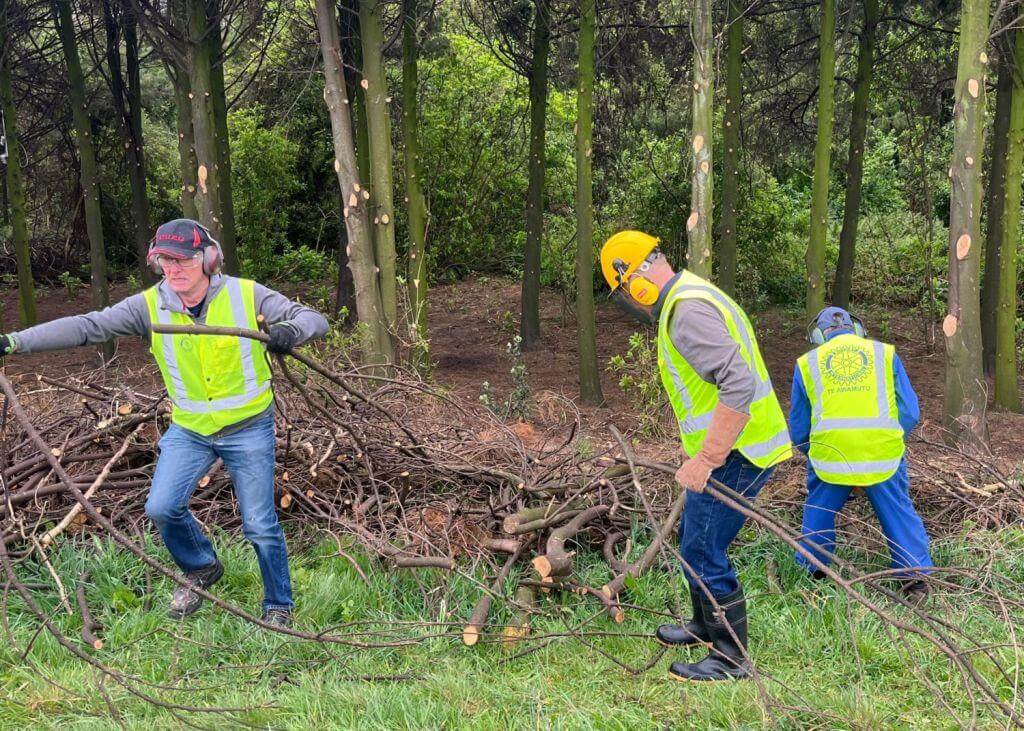
Moving cuttings to the chipper at the last working session are Ross Turner, Stephen Cox and Chris Turner. Photo: Viv Posselt








